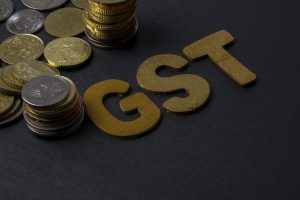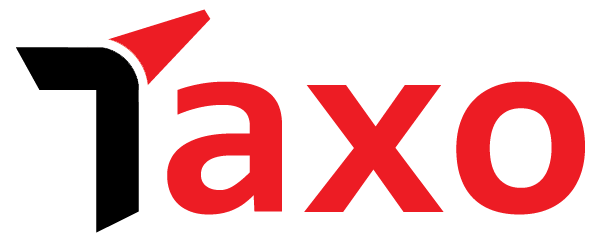
The Goods and Services Tax (GST) Council will likely meet in June or early July to consider reducing the tax rate on health and life insurance to 5% with input tax credit (ITC) from 18%, among other rationalisations.
Among other matters, the Council may examine the GoM report on rate rationalisation to give further relief to people through rate reductions and rejig of the number of slabs. The GoM headed by Bihar deputy chief minister Samrat Chaudhary submitted its report in December 2024.
Due to the need for extended consultations with stakeholders and varied stands taken by states, the Council had deferred a decision on the reduction of the tax rate on insurance since September 2024.
After extended consultations by the group of ministers (GoM) on rate rationalisation, the Council may take up the proposal to cut the tax rate on insurance to 5% with ITC, an official said, adding that the benefit of the tax cut has to be passed on to the policyholders.
However, given that input services are taxed at a higher rate of 12/18%, the insurance companies may have to absorb some of the losses on account of their inability to fully utilise their accumulated ITC.
Over the past few years, insurance premiums — particularly for health insurance — have been steadily increasing, further straining household budgets. Lowering the GST rate would help curb this rising cost, making health and life insurance more affordable and accessible to a broader segment of the population.
In view of the adverse impact on ITC utilisation, sections of the insurance industry have been pitching for a 12% output tax liability.
The GST Council will also consider the report prepared by the Insurance Regulatory and Development Authority of India (IRDAI) on taxation of insurance premium.
In February, the insurance industry proposed to the IRDAI and the department of financial services (DFS) that a GST rate of at least 12% should be levied on health and life insurance premia, along with the benefit of input tax credit.
The insurance companies said that input tax paid constitutes around 8-11% of their cost on term plans, which should be offset through availing ITC. In case the tax is lowered to 5%, the insurance industry will be at a cost disadvantage.
Even though some states sought complete exemption from the GST for insurance, such a proposal did not find favour as it would lead to an increase in their costs, as the ITC cost would be passed on to the consumers.
Between FY22 and FY24 the total GST collected from health insurance premiums was about Rs 21,000 crore.
The GoM is understood to have recommended cutting the GST for ready-made garments up to Rs 1,500 to 5% from 12%. The panel also backed lowering GST rates to 5% for 20-litre packaged drinking water bottles (from 18%), bicycles (18%) and exercise notebooks (12%).
Currently, there are four major GST slabs – 5%, 12%, 18% and 28%. The Central Board of Indirect Taxes & Customs (CBIC) was assessing the feasibility of the GST slab rejig by merging 12% and 18% to a single rate of 14% or 15% or 16% with revenue implications in each scenario.
Source: The Financial Express


